Table of Contents
1. Automation Use Cases & High-Level Architecture
Before diving into code, clarify what you want to automate:
| Use Case | Server-Side? | Client-Side? |
|---|---|---|
| Provision new VPN topologies on BIG-IP | ✓ | |
| Update ACLs, authentication methods, portal pages | ✓ | |
| Rotate VPN certificates or MFA tokens | ✓ | ✓ |
| Automatically connect end-users on boot | ✓ | |
| Scheduled re-authentication (e.g., after sleep) | ✓ |
A complete automation pipeline typically looks like:
- Infrastructure Provisioning (e.g., AWS VPC, BIG-IP instances)
- VPN Configuration via AS3 or REST API
- Credential Management with Vault or Secrets Manager
- Client-side Scripts to invoke
f5fpcor PowerShell - Monitoring & Alerting for connection health
Let’s start with automating the server-side deployments.
2. Server-Side VPN Configuration Automation
2.1. Infrastructure as Code with Terraform
Eric Chen’s “Example of F5 VPN Automation” showcases using Terraform to:
- Spin up an AWS VPC and a pair of BIG-IP (APM) devices in Active/Standby
- Deploy a backend host for testing split-tunnel connectivity
- Generate AS3 declarations to configure the VPN objects
- Use HashiCorp Vault to issue client certificates for mutual-TLS authentication
A simplified workflow:
hcl
provider "aws" { ... }
module "bigip" {
source = "F5Networks/bigip/aws"
version = "x.y.z"
# VPC, subnets, instance size, etc.
}
resource "vault_pki_secret_backend" "vpn" { ... }
resource "vault_pki_secret_backend_cert" "vpn_client" {
backend = vault_pki_secret_backend.vpn.path
common_name = "vpn-user"
}Once the infrastructure is ready, Terraform outputs—such as the BIG-IP mgmt IP and Vault CA URL—seed the AS3 declaration for the VPN:
json
{
"class": "AS3",
"action": "deploy",
"declaration": {
"VPN_ASM": {
"class": "Tenant",
"VPN_App": {
"class": "Application",
"template": "f5.atm.vpn.AccessPolicy",
"policyEndpoint": "https://<BIGIP>/mgmt/cm/device/tasks/vpn/tunnel",
"clientCert": {
"cert": "${vault_pki_secret_backend_cert.vpn_client.certificate_pem}",
"key": "${vault_pki_secret_backend_cert.vpn_client.private_key_pem}"
},
...
}
}
}
}
Running terraform apply here will push the AS3 declaration—creating access profiles, portal pages, AAA servers, and SSL profiles—directly into your BIG-IP instances.
2.2. Securing Credentials with HashiCorp Vault
Hard-coding passwords or keys in Terraform is risky. Instead, use Vault to:
- Dynamically generate client certificates (
vault_pki_secret_backend_cert). - Store VPN-user passwords in KV secrets (
vault_generic_secret). - Fetch these at plan/apply time via the Terraform Vault provider.
This ensures no sensitive data land in Git history—and you can rotate credentials independently of your IaC code.
3. Client-Side VPN Session Automation
Once your BIG-IP APM is configured, you still need to connect clients. F5 provides the f5fpc Linux CLI client and a Windows installer with PowerShell support.
3.1. Automating with f5fpc (Linux/macOS)
After installing the client package (.deb or .rpm), a typical connect script looks like:
bash
#!/usr/bin/env bash
F5_HOST="vpn.acme.com"
USER="jdoe"
PASS=$(vault kv get -field=password secret/vpn/jdoe)
CERT="/etc/vpn/certs/jdoe.crt"
KEY="/etc/vpn/certs/jdoe.key"
f5fpc \
--target "https://${F5_HOST}" \
--username "${USER}" \
--password "${PASS}" \
--cert "${CERT}" \
--key "${KEY}" \
--start \
--split-tunnel--start: initiates the SSL VPN.--split-tunnel: directs only corporate traffic through the tunnel.- Error handling: check exit codes and retry logic in your script.
Place this script in /usr/local/bin/connect-vpn.sh and add it to systemd or a login hook for automatic connections at startup.
3.2. PowerShell Automation (Windows)
On Windows, after installing the BIG-IP APM client, you can use PowerShell:
powershell
$vpnServer = "vpn.acme.com"
$username = "jdoe"
$password = (Get-Secret -Name "vpn/jdoe" -Vault "Vault01")
$f5cliPath = "C:\Program Files\F5 Networks\F5 VPN\f5fpc-client.exe"
# Build argument list
$args = @(
"-t", "https://$vpnServer",
"-u", $username,
"-p", $password,
"--start"
)
# Execute and log
& $f5cliPath $args 2>&1 | Out-File "$env:USERPROFILE\vpn-connect.log"
if ($LASTEXITCODE -ne 0) {
Write-Error "VPN connection failed with code $LASTEXITCODE"
}You can then schedule this script via Task Scheduler to run at logon or on network-up events.
4. End-to-End CI/CD Integration
To achieve fully automated deployments:
- Git: Store Terraform, AS3 declarations, and scripts in a Git repo.
- Pipeline: Use Jenkins/GitLab CI/GitHub Actions to:
- Validate Terraform plan
- Apply to non-prod on merge to
develop - Run end-to-end tests (e.g., automated
f5fpc --checkconnectivity)
- Approvals: Gate production deploys behind manual approvals.
- Secrets: Integrate Vault tokens into your CI environment securely (e.g., using Vault Agent Injector or Jenkins credentials plugin).
- Monitoring: After deployment, use BIG-IQ or Prometheus exporters to verify VPN session counts and health.
This pipeline ensures consistent, auditable, and rapid roll-outs of both configuration and connectivity.
5. Troubleshooting & Best Practices
- Idempotency: Always design Terraform and AS3 declarations to be safe on re-apply—avoid resource name collisions.
- Staging Mode: When rolling out new portal pages or policies, use “staged” or “audit” modes in APM to catch errors before enforcement.
- Logging: Increase verbosity (
-v) onf5fpcduring testing, and capture logs in CI artifacts. - Retry Logic: Network hiccups happen; build exponential-backoff retries into your client scripts.
- Vault Renewal: Monitor Vault lease TTLs and auto-renew certificates before expiry.
- Version Compatibility: Align your AS3 version with BIG-IP TMOS releases—mismatches can cause declaration failures.




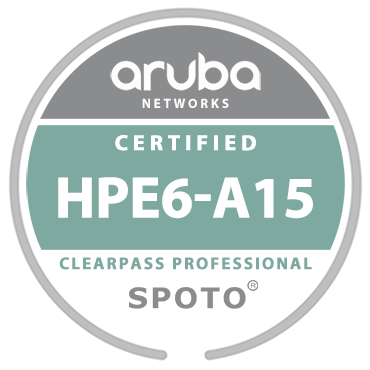
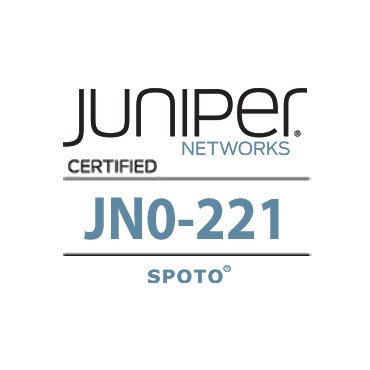

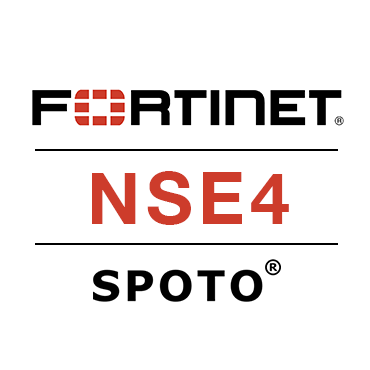




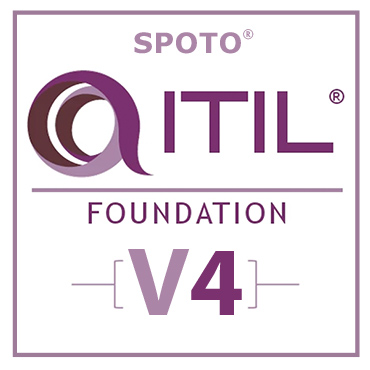

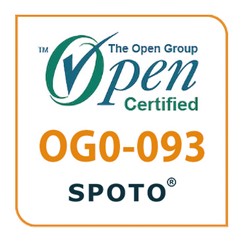


Comments